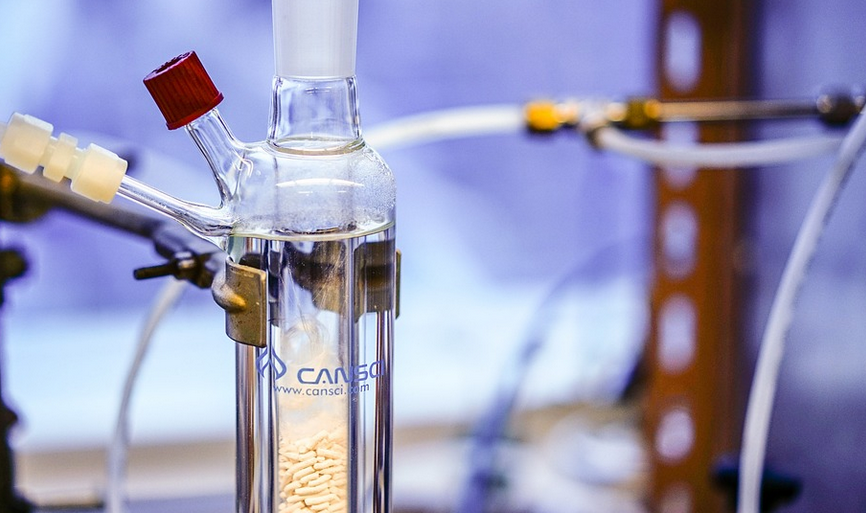Introduction
Combustion, in simple terms, is the process of burning. It is a chemical reaction that involves the combination of a fuel with oxygen to release energy in the form of heat and light. The enthalpy of combustion is a measure of the heat energy released when a substance is burned completely in oxygen.
What is Enthalpy?
Enthalpy is a thermodynamic property that represents the total heat content of a system at constant pressure. It is denoted by the symbol ‘H’ and is measured in units of Joules (J) or Calories (cal).
The Enthalpy of Combustion Formula
The enthalpy of combustion formula is given by: ΔHc = -Q/n Where ΔHc is the enthalpy of combustion, Q is the heat released during combustion, and n is the number of moles of the substance burned.
How to Calculate Enthalpy of Combustion?
To calculate the enthalpy of combustion, we need to know the heat released during combustion and the number of moles of the substance burned. This can be determined experimentally using a bomb calorimeter.
Applications of Enthalpy of Combustion
The enthalpy of combustion is an important property in the study of fuels and their energy content. It is used to determine the energy content of various fuels, such as coal, natural gas, and gasoline. It is also used in the design of engines and combustion systems.
Factors Affecting Enthalpy of Combustion
The enthalpy of combustion depends on various factors such as the type of fuel, the amount of oxygen available, and the temperature and pressure conditions during combustion.
Examples of Enthalpy of Combustion
The enthalpy of combustion of methane (CH4) is -890.4 kJ/mol, which means that 890.4 kJ of energy is released when one mole of methane is burned completely in oxygen.
Conclusion
In conclusion, the enthalpy of combustion is an important thermodynamic property that measures the heat energy released during combustion. It has various applications in the study of fuels and energy systems. Understanding the enthalpy of combustion formula and its applications can help us design more efficient and sustainable energy systems for the future.
References
– Chang, R. (2002). Physical chemistry for the biosciences. University Science Books. – Atkins, P., & de Paula, J. (2006). Atkins’ physical chemistry. Oxford University Press.

